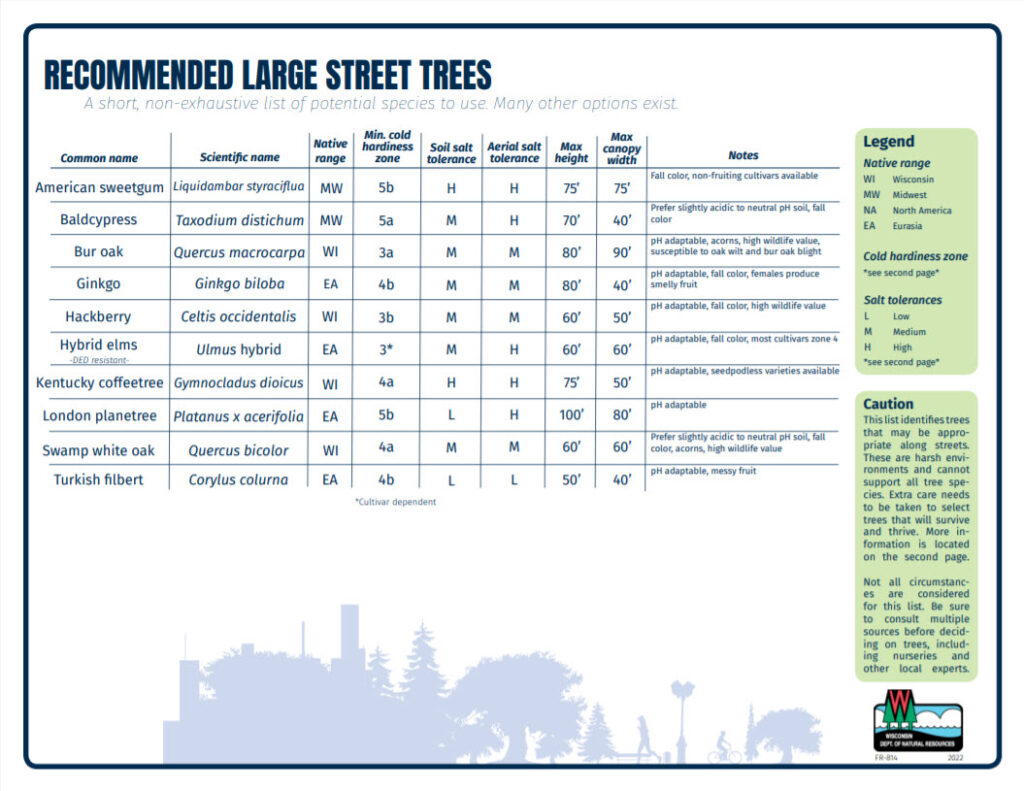Applications for an Urban Forestry Grant are opening soon!
Cities, villages, towns, counties, tribes and 501(c)(3) nonprofit organizations in or conducting their project in Wisconsin can apply for a regular or startup 2023 Wisconsin Department of Natural Resources Urban Forestry Grant beginning July 1, 2022.
The grants range from $1,000 to $25,000, and grant recipients must match each grant dollar for dollar. A startup grant of up to $5,000 is available for communities that want to start or restart a community forestry program. Grants are awarded to projects that align with state and national goals for increasing the urban forest canopy and its benefits.
Continue reading “2023 DNR Urban Forestry Grant Application Opening Soon”

 The Wisconsin Arborist Association summer conference will be held on Tuesday, July 19 at the Marian University Stayer Center in Fond du Lac.
The Wisconsin Arborist Association summer conference will be held on Tuesday, July 19 at the Marian University Stayer Center in Fond du Lac.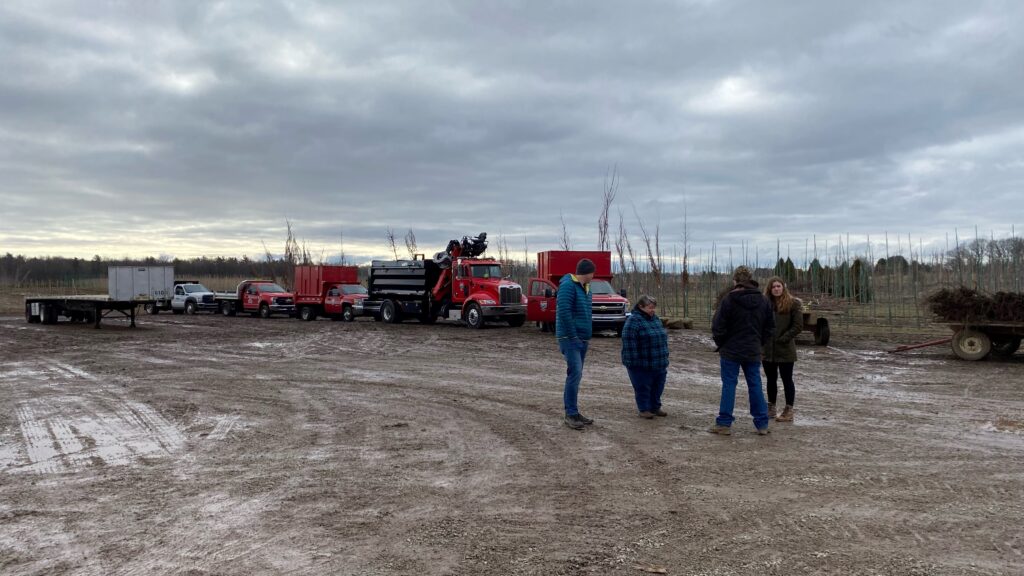 Go trees, go! That could have been the chant coming from Lambeau Field last month as First Downs for Trees celebrated its 12th season by distributing more than 400 trees to Brown County communities.
Go trees, go! That could have been the chant coming from Lambeau Field last month as First Downs for Trees celebrated its 12th season by distributing more than 400 trees to Brown County communities.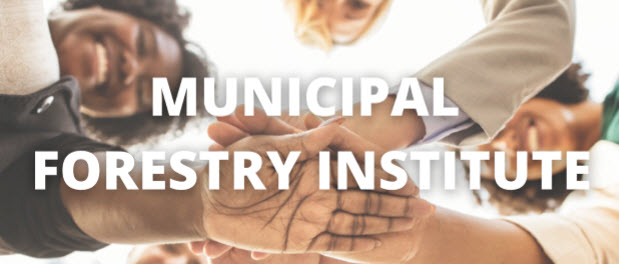 The Municipal Forestry Institute is an intensive high-level professional growth program of the Society of Municipal Arborists. The week-long training provides personal and professional development opportunities for key urban forestry decision-makers who want to become influential leaders and managers.
The Municipal Forestry Institute is an intensive high-level professional growth program of the Society of Municipal Arborists. The week-long training provides personal and professional development opportunities for key urban forestry decision-makers who want to become influential leaders and managers.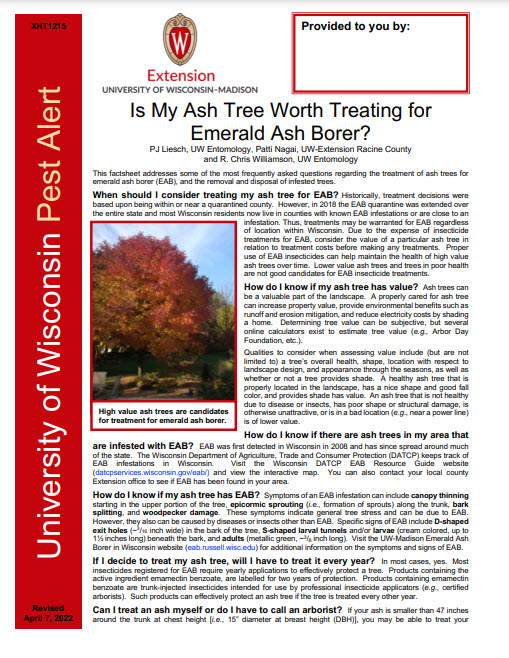 The University of Wisconsin-Madison Division of Extension recently updated three emerald ash borer (EAB) management factsheets:
The University of Wisconsin-Madison Division of Extension recently updated three emerald ash borer (EAB) management factsheets: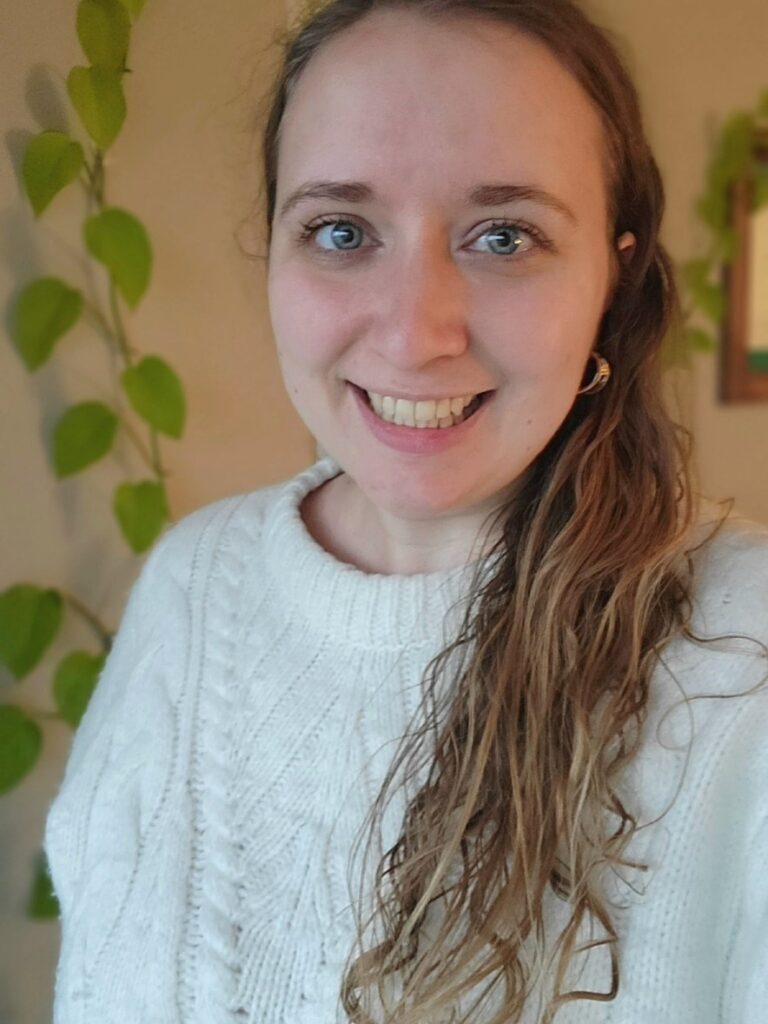 I am very pleased to announce that Abby Krause has accepted the West Regional Urban Forestry Coordinator position. Abby’s first day was April 11, and she is based in Eau Claire.
I am very pleased to announce that Abby Krause has accepted the West Regional Urban Forestry Coordinator position. Abby’s first day was April 11, and she is based in Eau Claire. We wish Sara Minkoff the best as she retires following a seven-year career at the Wisconsin Department of Natural Resources (DNR).
We wish Sara Minkoff the best as she retires following a seven-year career at the Wisconsin Department of Natural Resources (DNR).